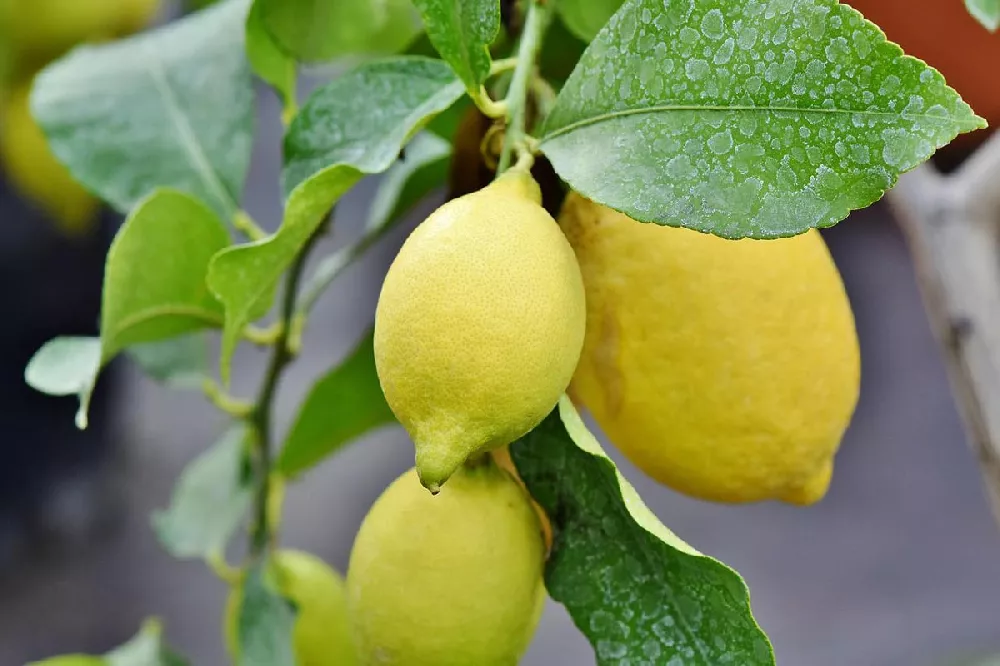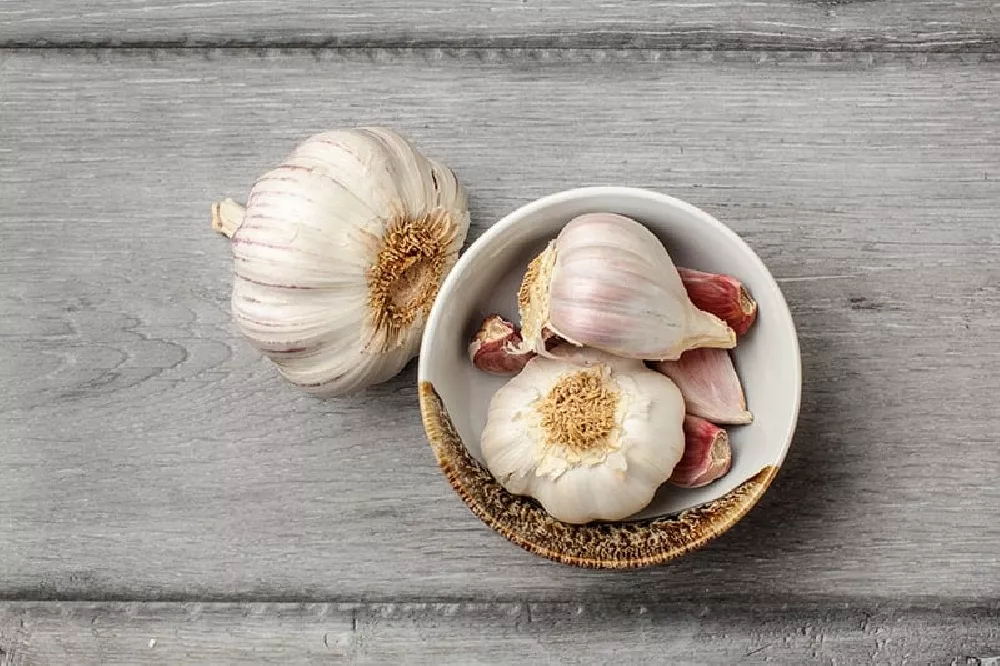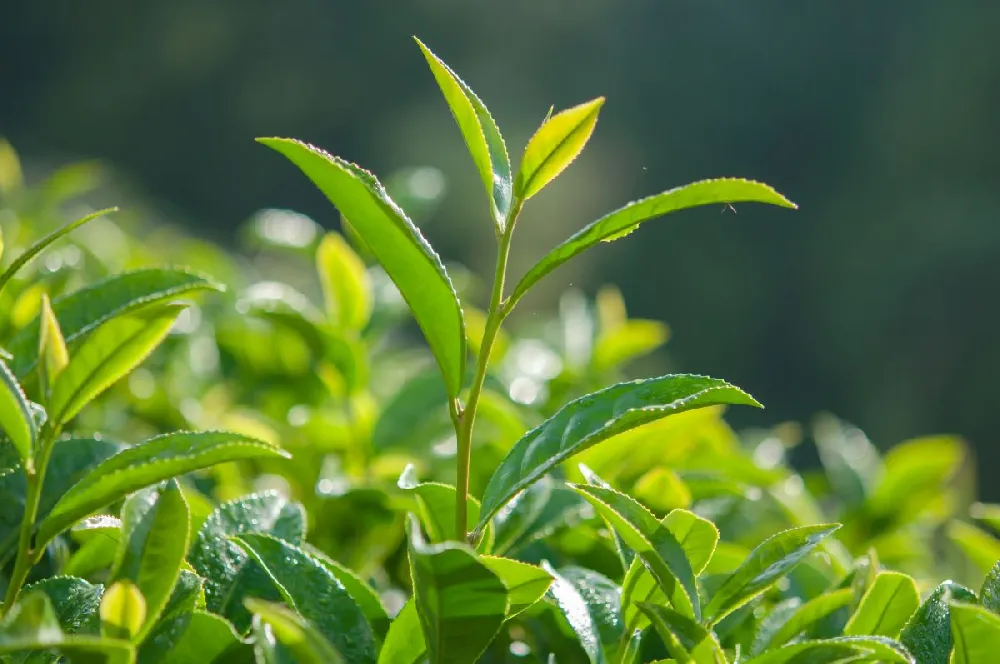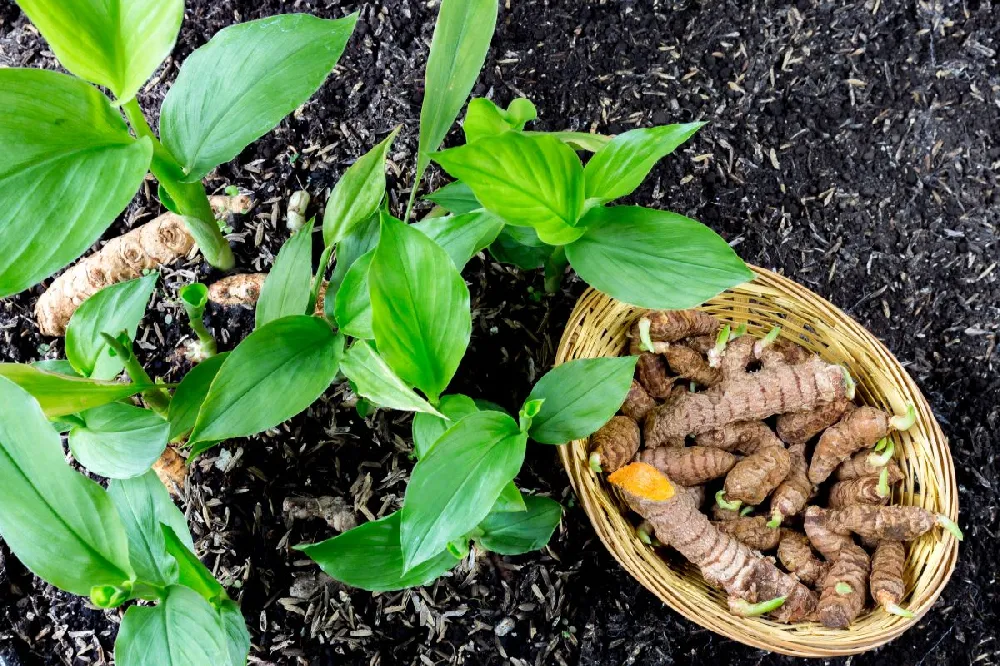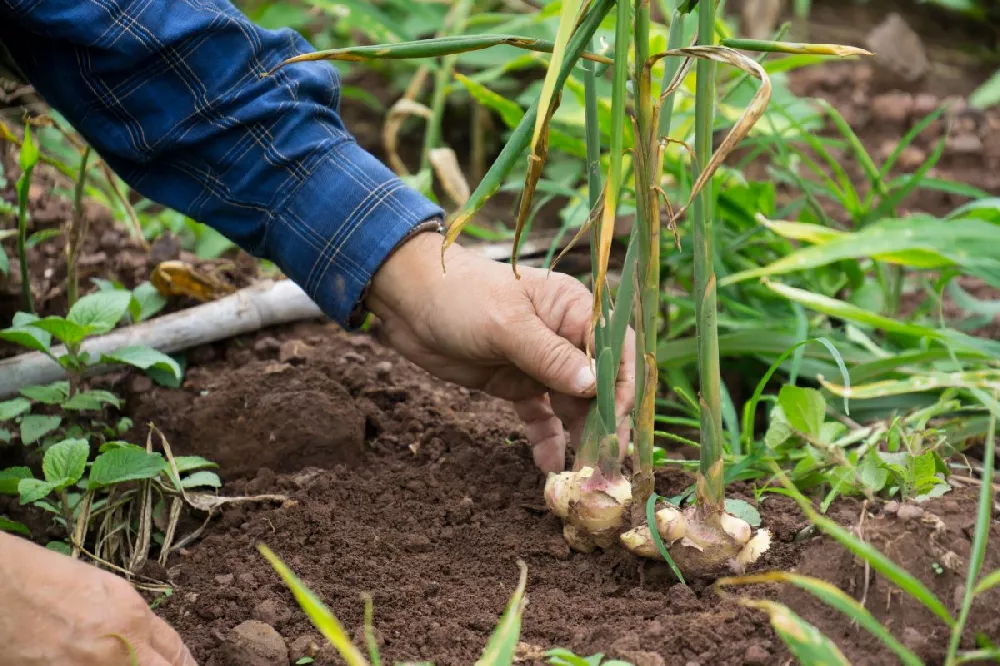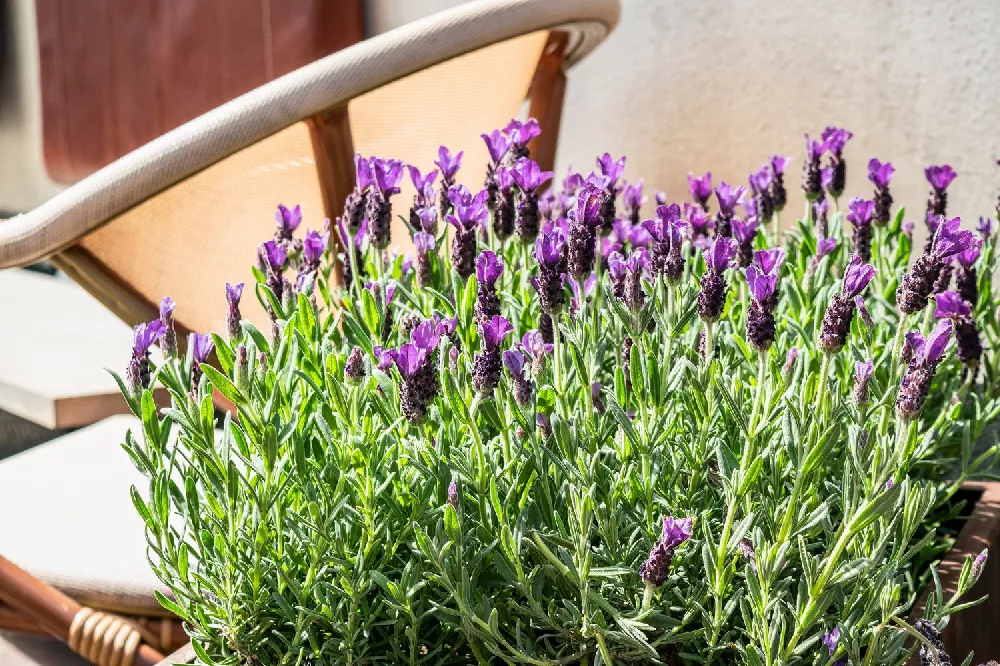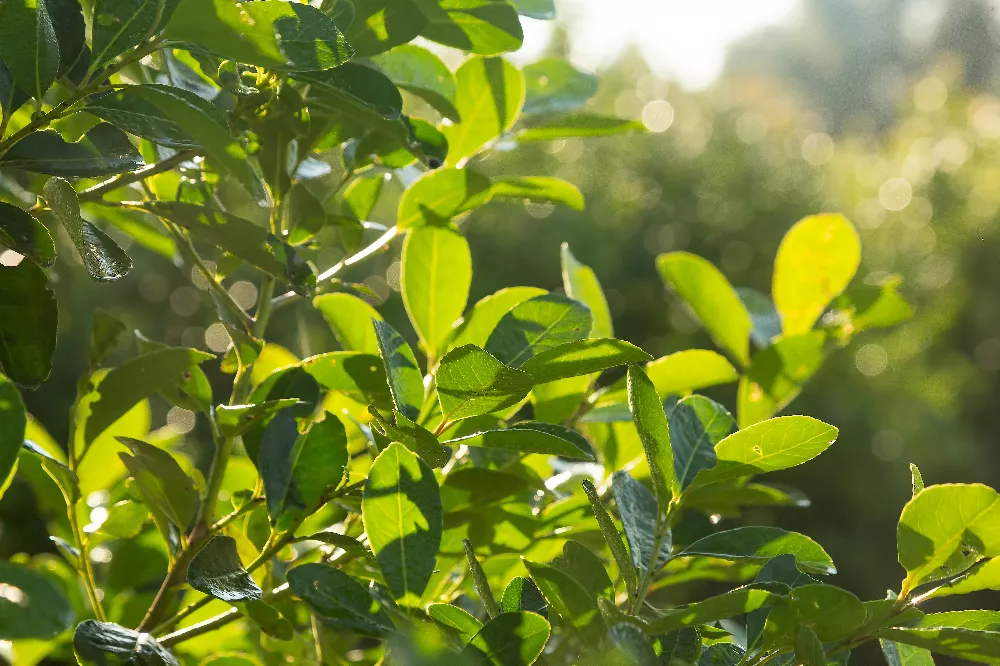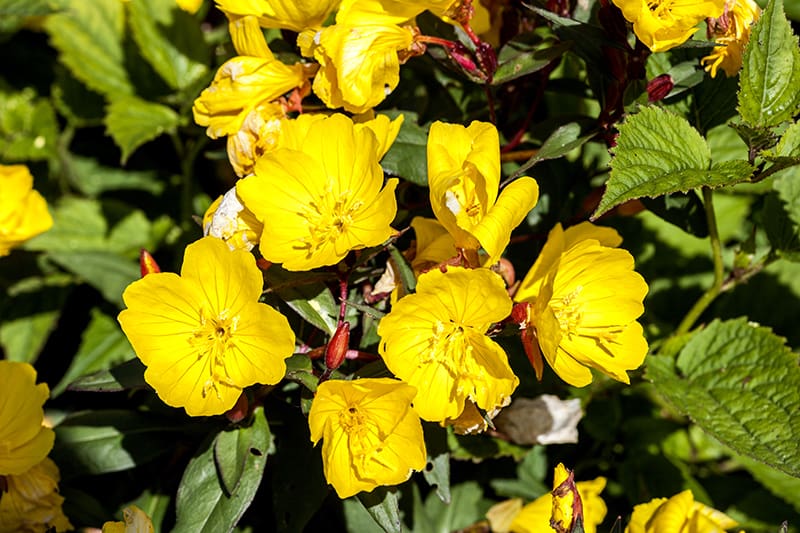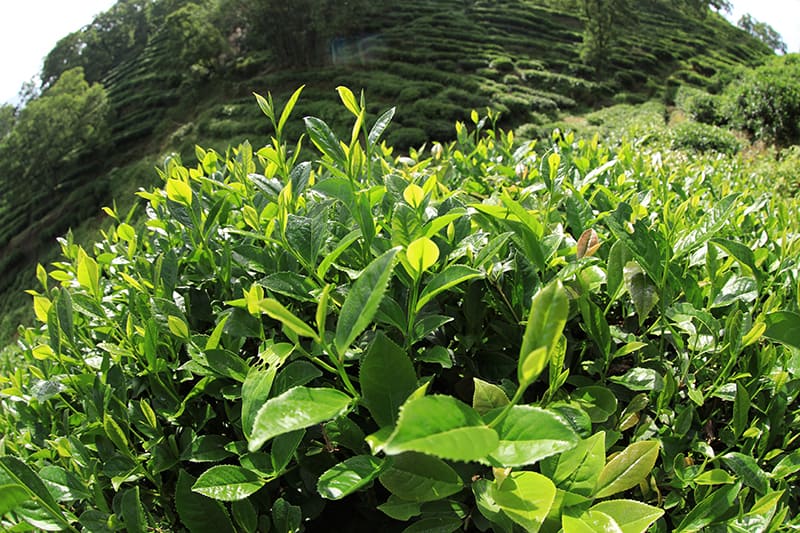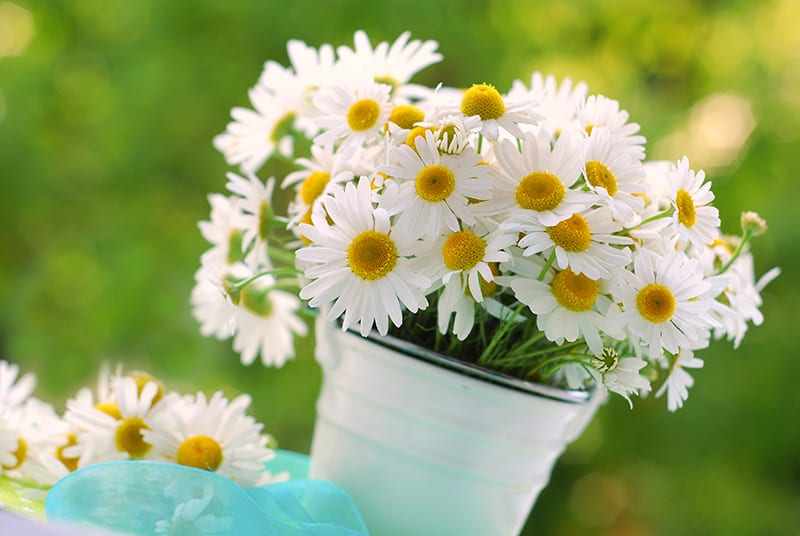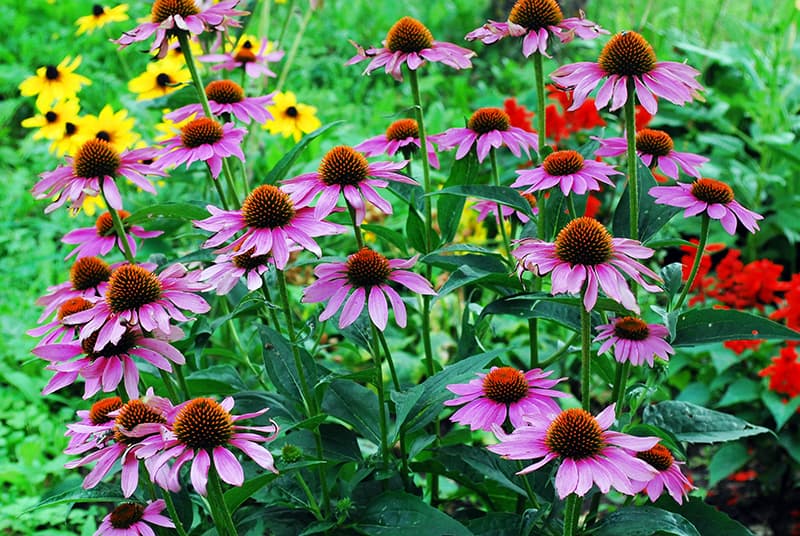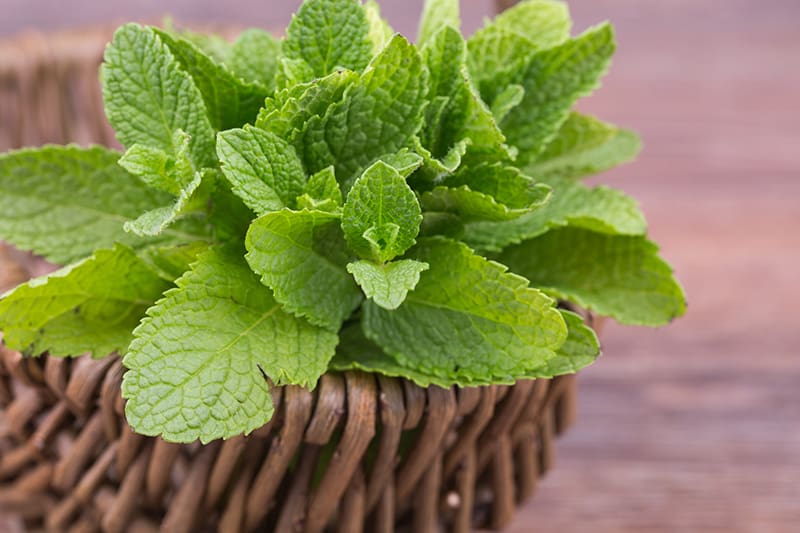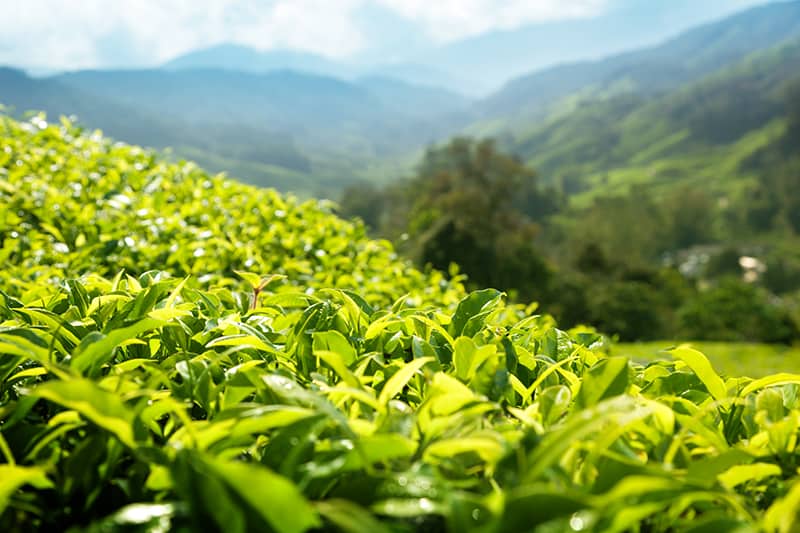- Home >
- Medicinal Plants
Medicinal Plants for Sale - Buying & Growing Guide
Filters
Price Range
Growing Zones
Plant Type
Sunlight
Mature Height
Plant Characteristics
7 Results
Medicinal Plants for Sale – Buying & Growing Guide
If you have a health condition, it might be second nature to run to the pharmacy or your medicine cabinet, but maybe turning to actual nature could be an easier, less expensive, and healthier option. There are many plants that are easy to grow at home that are renowned for their medicinal properties and numerous health benefits. Growing plants as an alternative medicine can both save you money and also limit the number of unnecessary chemicals you are putting into your body. This list will teach you about some of the easiest medicinal plants to grow in your garden that offer a wide range of improvements to our well-being.
1. Garlic
Scientific Name: Allium sativum
Mature Size: Up to 2 feet tall
USDA Hardiness Zone: 3-11
Light: Full sun
Water: Low to average moisture needs
Soil: Well-draining
Garlic is an easy and rewarding plant to grow for home gardeners. There are two main types; hardnecks for cold climates and softnecks for warm climates, so wherever you live, there will be a type of garlic you can grow. Garlic thrives in full sun, in the soil that is moist but not wet. It is a low maintenance plant, which with very little care, will produce an abundance of garlic you can use in cooking. Garlic is a common ingredient for flavoring dishes in many different cuisines, including Spanish, German, Italian, and Asian cooking. It can also be consumed raw. It has a long shelf life that also means that if you grow your own garlic, you can keep it in the fridge for many months and always have some garlic on hand to add to your cooking.
In terms of its medicinal benefits, garlic is something of a super plant. It helps to lower blood pressure and cholesterol and helps to prevent heart disease. It is also thought to help prevent dementia and other degenerative diseases such as Alzheimer’s. Garlic is also useful to aid in digestion, contributing to a healthier gut. For the maximum benefits, consume garlic raw, as this is when it is at its most potent. Garlic can also be taken as a herbal supplement in tablet form, but as it is so easy to add this bulb to recipes, this is probably the best way to incorporate it into your diet on a daily basis.
2. Lavender
Scientific Name: Lavandula
Mature Size: Up to 3 feet tall
USDA Hardiness Zone: 5-10
Light: Full sun
Water: Average moisture needs
Soil: Well-draining, alkaline
Lavender is a hugely popular cultivated plant that grows in bushy clumps. It is ideal for forming a low hedge, producing gray-green or gray-blue evergreen foliage and purple-blue flowers that are heavily fragrant and have a delicate attraction. There are many different types of lavender plants, which are native to the Mediterranean region and parts of Africa. They are a common feature of many gardens because they grow easily and are very rewarding. They will tolerate poor soils and dry conditions, which makes them ideal for growing in rock gardens and dry climates. They thrive in full sun and require good air circulation in humid environments.
Lavender is known for its many medicinal properties. Lavender oil is made from the flowers of the plant, and it has antiseptic and anti-inflammatory properties. This makes it suitable for applying directly to the skin to help ease the pain of insect bites and minor burns and aiding with the healing process. Lavender is also widely used as a treatment for insomnia, anxiety, and depression. Breathing in the scent is believed to have a calming effect, and so it is a common ingredient of sleep sprays that are sprayed onto a pillow to aid sleep, or you can add pure lavender oil drops to your bedsheets.
If you are growing lavender plants at home, you can harvest the lavender at the end of its blooming period and collect the dried flowers into small fabric pouches to keep inside your pillowcases. This will have a similar effect to sleep sprays, relaxing your mind, and helping you get to sleep more quickly and enjoy a better quality of sleep. Some studies have also indicated that lavender has antifungal properties and might be useful for treating fungal infections. You can also make tea from lavender that can aid digestive problems, such as nausea, stomach aches, and bloating. Several studies have shown that lavender is useful in promoting hair growth, and it has been successfully used to help people with alopecia.
Compared with many other medicinal plants, lavender rates as one of the safest. It is believed to be safe for use on children and pregnant women, unlike many other medicinal plants and essential oils, whose safety on vulnerable categories of society is questionable.
3. Common Evening Primrose
Scientific Name: Oenothera biennis
Mature Size: Up to 5 feet tall
USDA Hardiness Zone: 4-9
Light: Full sun to partial shade
Water: Low to average moisture needs
Soil: Well-draining
Evening primrose is so called because the flowers open in the evening and stay open until the following morning. This is a North American native plant, producing large flowers that bloom on erect stems. They are cup-shaped, bright yellow, and have a pleasant lemon-like scent. These are biennial plants, which bloom heavily from early summer right through to fall. They are a wonderful addition to the garden, adding a vibrant splash of color for several months and growing with ease in less than ideal conditions. These plants are tolerant of drought, poor soils, and sandy or gritty soils. They thrive in full sun, but they will also tolerate some shade.
This is commonly regarded as a medicinal plant known for its healing benefits. Evening primrose oil is made from the seeds of this plant. It can be applied topically, but it is most often taken as a supplement in capsule form. It is high in gamma-linolenic acid, which is an omega-6 fatty acid. It is this component that makes evening primrose oil useful for treating acne, as the GMA acts as an anti-inflammatory on the skin while also helping it retain moisture. It is also helpful for treating eczema for similar reasons and is believed to be useful for improving the epidermis. Some people without skin conditions take evening primrose oil just to help maintain good skin function and improve its conditions. Evening primrose oil is thought to help skin smoothness and improve its elasticity, firmness, and moisture. It also helps skin to battle fatigue.
Evening primrose has also been proven to be effective in treating women’s health conditions. It can alleviate the symptoms of PMS, including bloating, breast tenderness, and irritability, and it is also useful in treating hot flashes for women experiencing menopause. There is also evidence to suggest that evening primrose oil helps to improve heart health, lower blood pressure, and alleviate bone pain.
This medicinal plant is generally considered very safe and is even taken by pregnant women in hopes of inducing labor. However, some side effects of taking evening primrose oil include headaches and upset stomach. All parts of this plant are edible, so if you grow it in the home garden, you may also wish to add it to salads or use it as a garnish.
4. Tea Tree
Scientific Name: Melaleuca alternifolia
Mature Size: Up to 20 feet tall
USDA Hardiness Zone: 9-11
Light: Full sun
Water: Maintain moist soil
Soil: Well-draining
This plant is native to Australia and can take the shape of a shrub or small tree. It is predominantly found in southeast Queensland and northern New South Wales. This is a thirsty plant that needs to be grown in consistently moist soil and, in its native habitat, is found growing in swamps and boggy land. It is also a common feature along streams and riverbanks, and in its native locations, it is usually the dominant species. The foliage of this plant is smooth and soft, with a needle-like shape. It is the leaves of this plant that contain the medicinal properties, with the foliage being rich in oils. The flowers of this plant are cream-colored and have a light and fluffy texture.
This plant has been used in Australia for its medicinal purposes for around a century. It was an alternative medicine commonly used among Aboriginal Australians, who would crush the leaves and inhale the oil to help with the symptoms of coughs and colds. Leaves could also be soaked to produce teas, which would soothe sore throats. Crushed leaves were used as a treatment for cuts and wounds. Nowadays, tea tree oil is commercially produced as an essential oil for its various health benefits. It has strong antifungal, anti-inflammatory, antiviral and antiseptic properties and is a common ingredient in haircare and skincare.
Tea tree oil is probably best known for its antibacterial properties, and it is thought to be so effective at tackling bacteria as it damages the bacterial cell walls. It is also very effective at killing a range of fungi and yeasts and therefore is suitable for treating fungal infections, such as athlete’s foot. It works well at treating head lice and also preventing lice infestations and can be diluted down into a spray and routinely sprayed in hair. Tea tree oil is effective in treating some skin conditions, such as acne, though it may dry out the skin in the process.
Compared to other medicinal plants, tea tree oil does not rate among the safest. It should never be consumed, as it can cause drowsiness, rashes, confusion, vomiting, and even lead to a coma. You should also ensure it is diluted to the recommended concentrate, as concentrated tea tree oil is very potent and could cause burning of the skin or dermatitis. It should only ever be used in very mild doses on children and is best avoided by pregnant women. If you are growing the tea tree at home, you can crush the leaves to release the oils and make homemade wound dressings, dandruff shampoo, or add it to skincare products to help with acne.
5. Chamomile
Scientific Name: Chamaemelum nobile
Mature Size: Up to 6 inches tall
USDA Hardiness Zone: 4-9
Light: Full sun to partial shade
Water: Low to average moisture needs
Soil: Well-draining, average
This is a creeping or mat-forming evergreen perennial that produces feathery leaves and white flowers with yellow centers that resemble daisies. It is native to western Europe. As well as being medicinally useful, it is also a very attractive plant, forming a carpet of flowers on top of the dainty foliage that gives off an apple fragrance when crushed. It grows easily and even somewhat aggressively, spreading by creeping roots with a rapid growth habit. It thrives in a wide range of soils so long as they drain well and likes to be kept in moist soil when young though it is tolerant of drought once established. It works well as a groundcover, as it can quickly form a dense carpet to cover empty spaces between larger plants or reduce foot traffic. It can be used as an alternative to lawn and tolerates mowing well. Its drought tolerance also makes it suitable for growing in rock gardens.
This plant, aside from being popular for its visual appeal, is widely grown for its medicinal purposes. It has long been known to have a soothing effect on the digestive system and is most commonly used in the form of chamomile tea. The tea is made by harvesting and drying the flowers, before steeping them in boiling water. To do this, gather the flowers when they are fully open and store them in an airtight container until they have dried out. As dried flowers, they tend to keep well, and you can use them to make fresh chamomile tea. The benefits of drinking chamomile tea are wide-ranging. It is thought to boost immunity by damaging harmful bacteria and can also aid with insomnia and anxiety by having a soothing effect on the nervous system.
Drinking chamomile tea is also thought to soothe the symptoms of a cough or cold, and you can also inhale the steam from chamomile tea in a steam tent to ease congested nasal airways. Chamomile tea can also help with menstruating women who suffer from period pain or muscle spasms, as it is believed to be able to relax the uterus.
It is commonly taken by people with recurring digestive issues as it is helpful in reducing gastrointestinal disturbances. It helps to relax the digestive system, therefore helping to reduce bloating, flatulence, indigestion, nausea, and vomiting. The relaxing properties of this herbal tea can also alleviate stress and can act as a natural sedative.
It is also believed to have properties that make it beneficial for skincare. It can soothe sunburn, lighten age spots or skin pigmentation, reduce acne, and prevent the effects of aging. To use chamomile as a skin treatment, brew chamomile tea, and then soak a small towel in the tea before applying it to your face.
6. Coneflower
Scientific Name: Echinacea sp.
Mature Size: Up to 3 feet tall
USDA Hardiness Zone: 3-10
Light: Full sun to partial sun
Water: Low moisture needs
Soil: Well-draining
This plant is commonly known as the coneflower, but as a medicinal supplement, it is typically known as ‘echinacea,’ which is also the species name. Echinacea is a group of flowering plants in the daisy family. There are nine species altogether, but only three of them are used to produce medicines. These are Echinacea purpurea, Echinacea angustifolia, and Echinacea pallida. These plants are native to North America but have been cultivated across the Americas and Europe since the 1700s.
Coneflowers are hardy perennials that have a vigorous growth habit and thrive on neglect, making them super easy to care for. They are also very showy, which means, in the garden, you get the maximum reward for minimum effort. The flowers they produce are usually purple, though there are many new cultivars in varying colors. The flowers themselves look like large purple daisies and bloom heavily from mid to late summer. These plants are tolerant of poor soils, drought, humidity, and heat. They will grow well so long as they have sunlight and well-draining soil.
As well as offering an attractive look in the garden, these plants are also widely known for their health benefits. Early Native Americans used echinacea to treat infections and wounds, and today it is commercially cultivated as a popular herbal remedy. It is high in antioxidants and other beneficial compounds, including caffeic acid and phenolic acids. It is perhaps best known for its ability to heal the immune system, helping you to combat potential infections or recover more quickly from current infections. Many people take echinacea daily to ward off coughs, colds, and other viruses.
Studies also show that echinacea can lower blood sugar levels and reduce anxiety. It also has anti-inflammatory properties and is recommended for people suffering from osteoarthritis and similar diseases to help reduce swelling and chronic pain. Echinacea is also antibacterial and added to its anti-inflammatory properties, this makes it useful in treating acne.
There are also some suggestions that it can improve skin moisture and reduce visible wrinkles. This is a herbal remedy that is considered very safe and has minimal side effects, though some people may experience itchy skin, nausea, or hives as a result of taking this supplement. Due to a lack of evidence, it is suggested that children and pregnant women should not take echinacea.
7. Peppermint
Scientific Name: Mentha × piperita
Mature Size: Up to 2 feet tall
USDA Hardiness Zone: 3-8
Light: Full sun
Water: Maintain moist soil
Soil: Well-draining, fertile
This is a hybrid mint plant that is the result of crossing spearmint and watermint. It is a perennial plant with square stems and dark green, finely serrated leaves. It is an easy herb to grow, so long as certain conditions are met. This plant is found in the wild growing along streams and riverbanks, where soil tends to be moist, fertile and well-draining, and you will need to replicate these conditions at home to successfully grow peppermint. If allowed plenty of sunlight, water, and well-draining soil, it will grow vigorously and reward you with large clumps of edible foliage.
Many types of mint plants have been popularly cultivated for thousands of years, for both their culinary and medicinal uses. Peppermint can be added to soft drinks and cocktails to give a fresh flavor, and it is also used to flavor salads, soups, and pasta dishes. It particularly complements the flavor of garden peas.
As a medicinal herb, peppermint is best known for its ability to ease digestive issues. The leaves of the plant can be brewed to make peppermint tea, or you can get peppermint in the form of peppermint oil. Peppermint can relax stomach muscles and ease spasms, helping to reduce digestive pain. Similarly, it can help to ease period pains by relaxing cramping muscles. It is also useful in relieving symptoms of IBS, such as bloating and nausea. Its relaxing properties make it useful in relieving some types of headaches, and the menthol in peppermint stimulates blood flow that can ease pain.
Peppermint has antibacterial and anti-inflammatory properties, which make it useful in unblocking clogged sinuses and fighting bacterial viruses. The antibacterial properties of peppermint make it ideal for attacking the germs that cause plaque and bad breath, which is why it is a common ingredient in toothpaste, gum, and mouthwash.
The refreshing scent of peppermint is also synonymous with fresh breath. If you grow your own peppermint, you can make peppermint tea by steeping a handful of fresh leaves in boiling water for five minutes. This will make a naturally caffeine-free tea that can be consumed during the day to boost energy, or in the evening to help you relax. Many people drink it directly after a meal to aid digestion.
